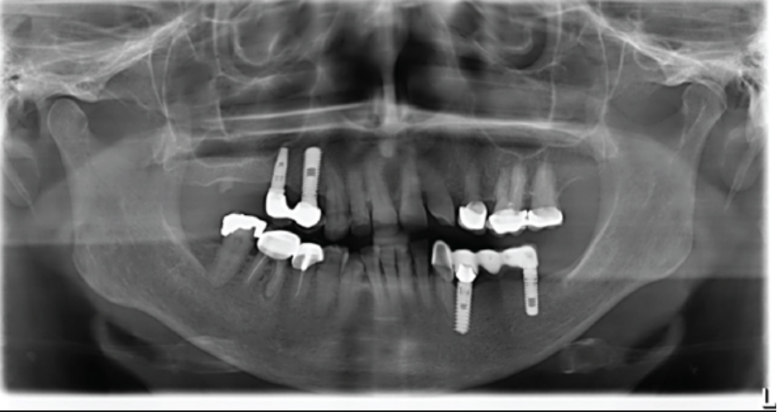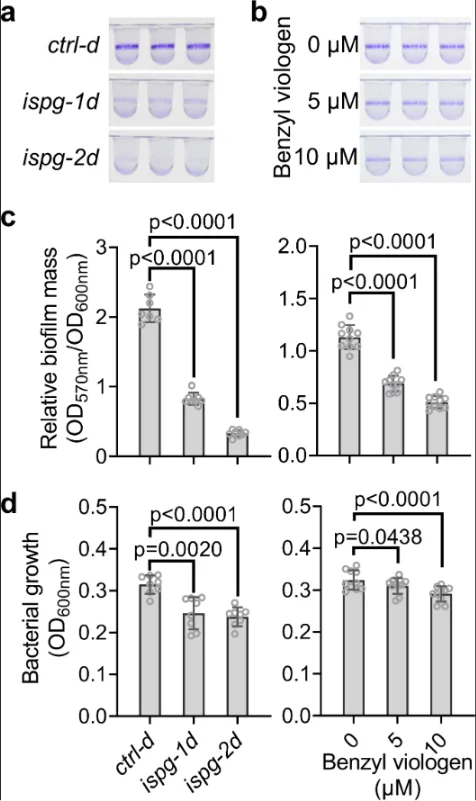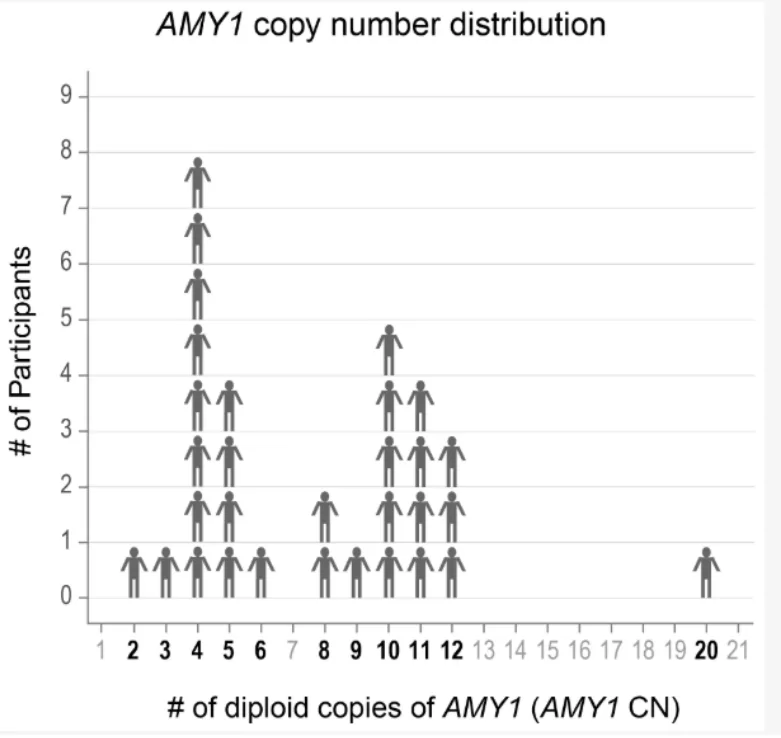New data on seasonal vitamin D deficiency in residents of industrial England in the 18th and 19th centuries
In recent research led by the University of Otago, groundbreaking insights into the prevalence of seasonal vitamin D deficiency during the Industrial Revolution have come to light. Contrary to conventional beliefs, the study, published in PLOS One, reveals that factory work and urban pollution alone were not the sole culprits behind the surge in rickets among children in 18th and 19th Century Europe.
Archaeological Revelations
Bioarchaeological Methods Unveil New Perspectives
In a Marsden funded study, researchers from Otago, Durham University, University of Edinburgh, University of Brighton, and University of Queensland delved into an archaeological site in industrial era England. Unlike previous examinations focusing solely on bone deformities, the team employed advanced bioarchaeological methods to investigate microscopic markers of nutritional disease.
Seasonal Vitamin D Deficiency: The Clear Evidence
The results were astounding, with 76% of teeth analyzed displaying markers associated with seasonal vitamin D deficiency. What’s particularly intriguing is the regular occurrence of these markers in annual increments, providing clear evidence of the impact of latitude and seasonal sunlight availability on the health of the population.
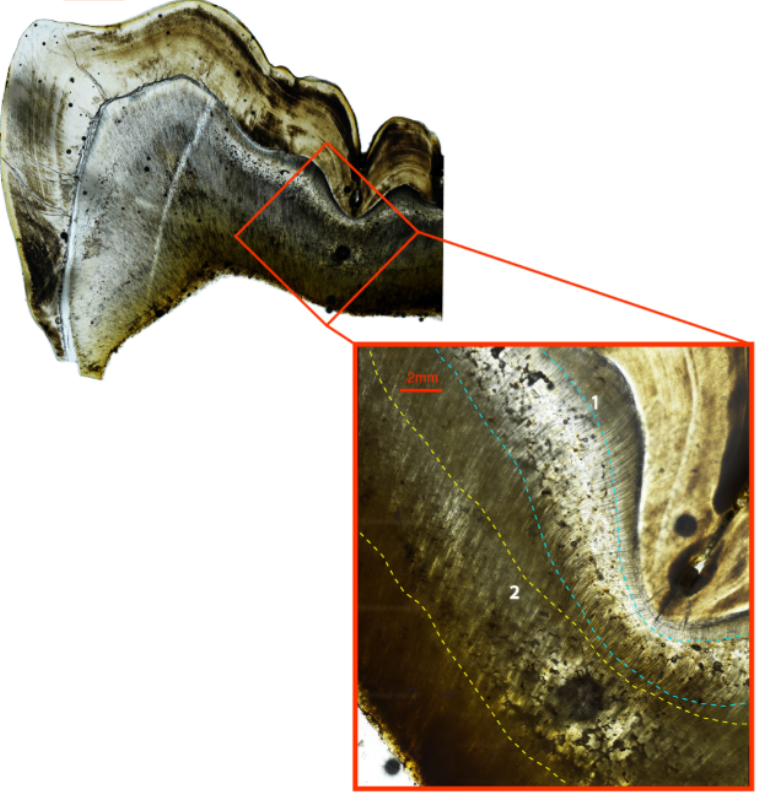
Ground section of the right permanent mandibular first molar of CL 118. Two bands of IGD are visible, the first occurring ~birth-6 months (teal dashed lines) and the second occurring between ~1 and 1.5 years (yellow dashed lines). Large image is 40x total magnification, inset box is 100x total magnification.
Latitude, Sunlight, and Vitamin D Synthesis
Latitude’s Role in Vitamin D Production
The findings challenge the prevailing notion that increased indoor work and smog-filled environments were the primary factors contributing to vitamin D deficiency. Instead, the study emphasizes the crucial role of latitude and the seasonal variation in sunlight, shedding light on a more nuanced understanding of the issue.
Beyond Industrial Revolution Factors
While it has long been assumed that factors linked to the Industrial Revolution were solely responsible for the rise in rickets, this research suggests a more intricate relationship between latitude, sunlight exposure, and vitamin D synthesis.
Implications for Modern Health
Vitamin D Deficiency: A Persistent Health Challenge
Understanding the historical context of vitamin D deficiency is pivotal in addressing its contemporary repercussions. The study underscores the long-standing impact of poor vitamin D status, linking it to heightened risks of infectious diseases, cardiovascular issues, and cancers.
Archaeological Insights Informing Modern Approaches
Dr. Annie Sohler-Snoddy emphasizes the importance of studying the past to inform present strategies in combating vitamin D deficiency. Archaeological remains, particularly teeth, offer a unique chronological record, providing valuable insights into the historical development of the ailment.
Conclusion
In conclusion, the University of Otago-led research challenges conventional beliefs about the causes of seasonal vitamin D deficiency during the Industrial Revolution. By highlighting the role of latitude and seasonal sunlight availability, the study contributes significantly to our understanding of the complex factors influencing vitamin D synthesis. This comprehensive exploration offers not only historical insights but also valuable lessons for addressing contemporary health challenges related to vitamin D deficiency.
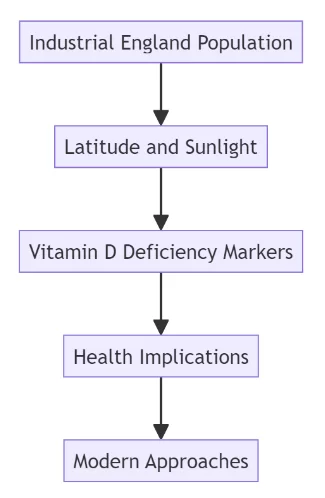
This diagram visually encapsulates the interconnected factors explored in the study, emphasizing the relationship between latitude, sunlight exposure, vitamin D deficiency markers, health implications, and the relevance of historical insights in modern approaches.
Sources
- ScienceDaily – Archaeological evidence of seasonal vitamin D deficiency discovered – January 31, 2024;
- PLOS ONE – Vitamin D status in post-medieval Northern England: Insights from dental histology and enamel peptide analysis at Coach Lane, North Shields (AD 1711–1857) – January 31, 2024.




